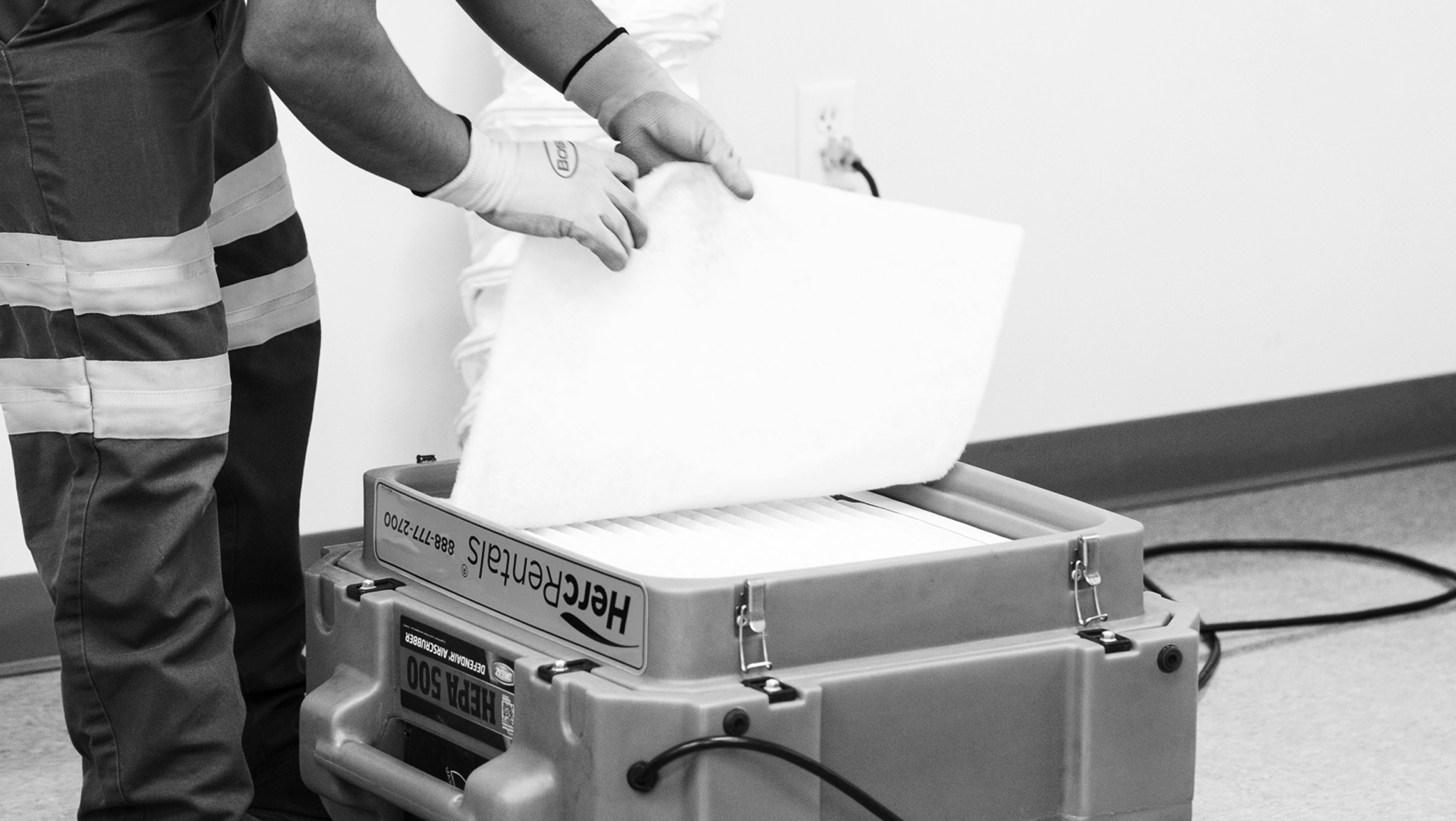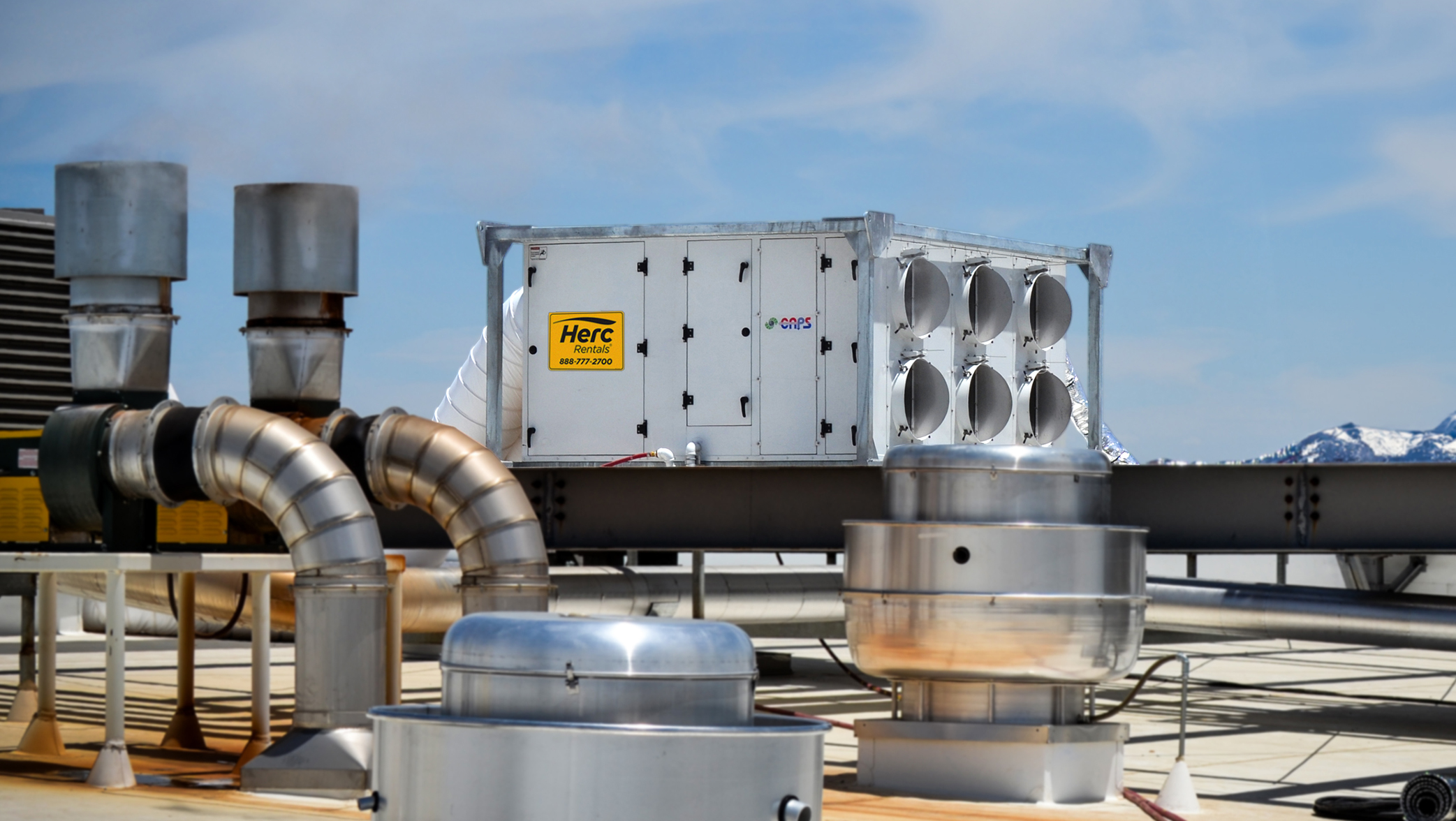Old Buildings, College Campuses Among Structures Susceptible to Mold Growth
Mold can be a problem in any building, but at a college or university, it can be particularly serious because testing buildings for mold, especially on a large busy campus, can be time-consuming, expensive, and unreliable.
The best defense against a mold problem is prevention.
But how do you prevent mold from forming?
It begins with an early diagnosis and continues with a comprehensive maintenance and remediation plan, vital to keep students safe, and buildings operational.
The primary cause of mold is moisture, so it is paramount to keep potentially moldy spaces dry. If there is a leak or seasonal dampness, this must be addressed as soon as possible, because mold can cause serious health issues, or make certain pre-existing health conditions worse.
Potential health issues like allergic reactions, asthma, and other respiratory issues can be exacerbated or arise because mold spores are most likely to be inhaled. This makes preventing mold an important consideration for schools and universities, particularly in dorm buildings.
Mold is a common occurrence and can grow anywhere moisture and organic (carbon containing) matter are found. This makes it virtually impossible to eliminate all the mold spores in an indoor environment. Inside, mold can lie dormant in dusty areas only to be disturbed by movement, even something like routine vacuuming or cleaning. Because of this resilience, controlling indoor moisture and ventilation is the most effective way to prevent or remediate mold growth.
Schools and universities are particularly at risk due to the age and construction of many campus buildings. Mold will grow on wood, paper, old cardboard, gypsum (drywall), old carpeting, and even dust. Many old schools and university buildings haven’t always had the best upkeep and as these old building materials break down, they become the perfect place for mold to grow.
But mold also needs moisture and oxygen. Many of these older buildings have aging plumbing and HVAC systems that leak water or coolant, creating the perfect moist environment for mold growth. While buildings built between the 1970s and 1990s tend to feature better sealing than buildings that came before, they may lack adequate ventilation to prevent moisture buildup. Moisture can also come from leaky roofs, gutters, and groundwater that collects under older buildings.
Once mold is detected, it must be addressed immediately, both to prevent possible health issues and to keep it from spreading. A moldy space must be dried and controlled with the correct mechanical equipment, such as desiccant dehumidifiers. Depending on the composition of the materials the mold has grown on, they must be remediated, or removed and replaced. Once a space has been cleared of mold, great care should be taken to keep the space dry and ventilated, otherwise, there’s a good chance the mold will return.
Working to prevent mold by increasing ventilation and dehumidifying the air can save you a great deal of time and money in the long run. Most importantly, it will protect students from potential health hazards. Older buildings are particularly at risk, and in turn, the risk to students in residential buildings such as dorms is far greater. Many universities have dealt with mold issues in dorms and classrooms, costing them thousands of dollars and displacing hundreds of students. In the last few years, Florida State University, University of Louisville, and the University of South Carolina have all had to relocate students while dealing with mold issues that could have been prevented with better maintenance and ventilation.
Herc Rentals’ ProSolutions has experience in climate and emergency drying solutions and has years of experience working with colleges and universities, as well as all sizes and types of institutional, commercial or residential structures, to prevent mold growth. With all the equipment and expertise needed to overcome any mold issue, contact your local ProSolutions team today.
Jay Kranker authored this post. He is a Herc Rentals segment key account rep based in Indio, California. He specializes in climate and remediation.


